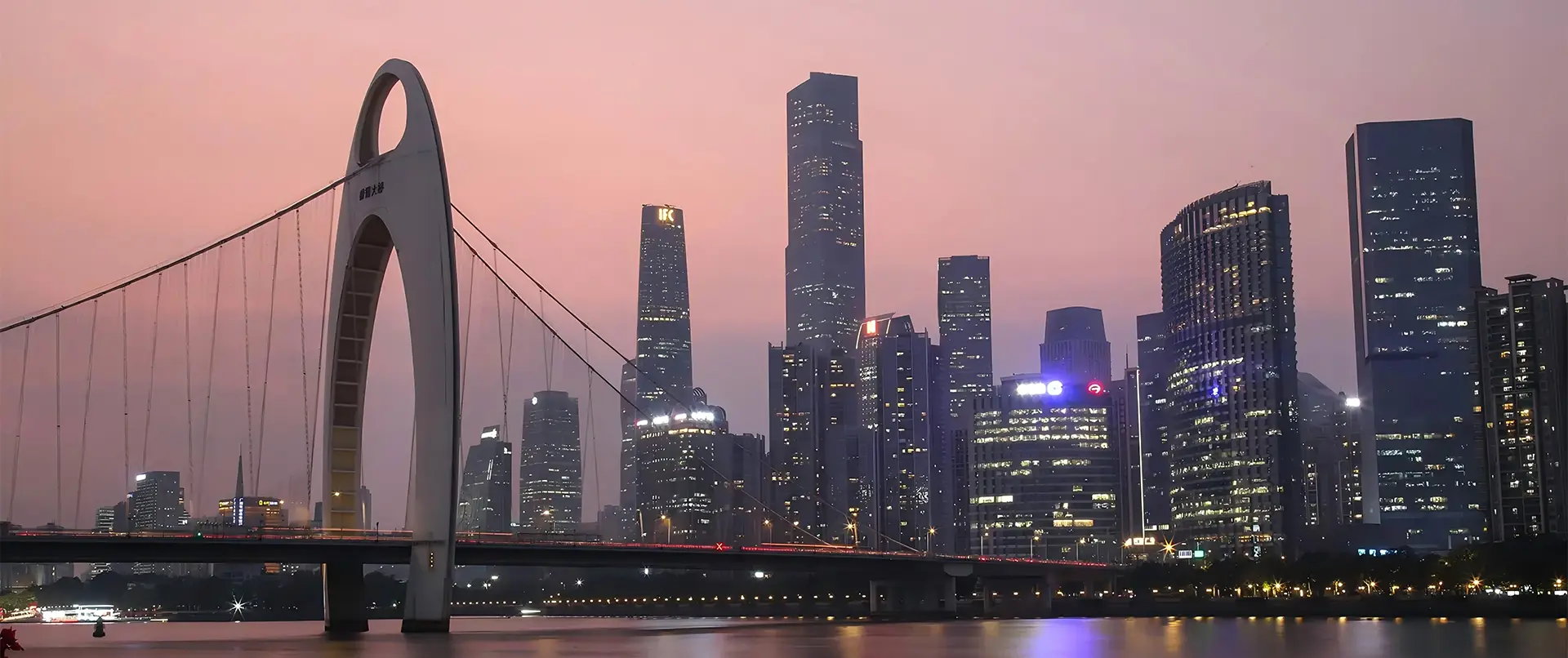Innovative Trends in Best Artistic Rendering for 2025 Market Growth and Essential Strategies
As we look towards 2025, the realm of Artistic Rendering is poised for transformative growth driven by innovative trends and strategic insights. In an era where visual representation plays a crucial role in various industries, including manufacturing and exports, understanding the evolution of Artistic Rendering becomes essential. China, often dubbed the powerhouse of production, continues to enhance its global footprint through advanced rendering technologies that not only showcase the aesthetic potential of products but also bolster their market competitiveness.

This blog will explore the dynamic interplay between cutting-edge rendering techniques and strategic approaches that can elevate brands in an increasingly visual marketplace, emphasizing how "实力工厂,中国制造,出口全球" is not just a mantra, but a roadmap for success in the artistic and manufacturing domains.
The Impact of After-Sales Service on Artistic Rendering Market Dynamics
In the rapidly evolving landscape of artistic rendering, after-sales service plays a pivotal role in shaping market dynamics. As technology advances and consumer expectations rise, the quality of after-sales support can significantly influence brand loyalty and customer satisfaction. Companies that prioritize robust after-sales service—offering timely technical support, user training, and efficient troubleshooting—are not merely enhancing their immediate customer relationships, but are also building a solid foundation for long-term growth.
Additionally, a strong after-sales service framework can differentiate companies in a competitive market. By consistently engaging with clients post-purchase, businesses can gather valuable feedback that informs product development and innovation. This feedback loop ensures that the offerings remain aligned with the evolving needs of artists and content creators, facilitating a symbiotic relationship that fosters brand trust and market expansion. As we approach 2025, those in the artistic rendering sector must embrace after-sales service as an integral component of their strategic planning, recognizing its potential to drive not just sales, but also sustainable development.
Understanding Repair Costs in the Context of Artistic Innovation
As the artistic rendering market evolves, understanding repair costs becomes critical in navigating the landscape of artistic innovation. According to a recent report by Art Market Insights, the demand for high-quality art restoration has surged by 40% over the past two years. This trend underscores the importance of not only creating innovative artistic pieces but also maintaining and repairing them to preserve their value in an increasingly competitive market.

In 2025, it's projected that the repair costs associated with artistic works will account for nearly 15% of total market expenditure. This rise is largely due to the growing appreciation of art as an investment, where the longevity and condition of pieces significantly impact their market value. Industry analysts emphasize the necessity for artists and collectors alike to factor in these costs when developing their strategies, ensuring that they not only focus on creating unique artworks but also on implementing effective preservation techniques that can reduce long-term repair expenses. By aligning artistic creation with sound financial planning regarding repair costs, stakeholders will be better positioned for sustainable growth in the market.
Emerging Technologies Shaping the Future of Artistic Rendering Services
The realm of artistic rendering is on the brink of transformation, driven by emerging technologies that promise to redefine how artists and designers approach their craft. One of the most exciting advancements is the integration of artificial intelligence, which is enabling unprecedented levels of creativity and efficiency. AI-powered tools can analyze vast datasets to generate artworks that are not only visually stunning but also uniquely tailored to specific market trends. This shift allows artists to focus more on conceptual development while letting technology handle the more laborious aspects of rendering.
Additionally, the rise of virtual and augmented reality is revolutionizing the way audiences engage with artistic works. These immersive technologies create interactive experiences that breathe life into static images, making art more accessible and engaging to a broader audience. As clients seek innovative ways to present their projects, the demand for artistic rendering services that utilize VR and AR is steadily increasing. This trend not only enhances the viewer’s experience but also opens new avenues for artists to explore, ensuring that their work resonates within an ever-evolving market landscape.
Innovative Trends in Best Artistic Rendering for 2025 Market Growth and Essential Strategies - Emerging Technologies Shaping the Future of Artistic Rendering Services
| Trends/Strategies | Description | Impact on Market Growth | Emerging Technologies | Implementation Timeline |
|---|---|---|---|---|
| AI-Driven Rendering | Utilizing artificial intelligence to enhance rendering processes, improving efficiency and reducing costs. | High | Machine Learning, Neural Networks | 2023 - 2025 |
| Real-Time Rendering | Implementing technology that allows for immediate visualization and modifications during the rendering process. | Medium | Cloud Computing, Edge Computing | 2024 |
| VR and AR Integration | Incorporating virtual and augmented reality to provide immersive experiences in artistic rendering. | High | VR Headsets, AR Glasses | 2023 - 2025 |
| Sustainability in Art | Adopting environmentally friendly practices and materials in the artistic rendering process. | Low | Green Technologies, Eco-Friendly Materials | 2024 |
| Blockchain for Art Authentication | Using blockchain technology to verify the authenticity and ownership of digital art assets. | Medium | Smart Contracts, Decentralized Ledger | 2023 - 2025 |
Strategies for Enhancing Customer Satisfaction in Artistic Rendering Sales
Enhancing customer satisfaction in the artistic rendering market requires a multi-faceted approach that leverages technology and personalized service. According to a recent report by Market Research Future, the global artistic rendering software market is projected to grow by 16% annually, reaching $2.5 billion by 2025. This booming growth underscores the importance of understanding customer needs and adapting services accordingly. A tailored user experience, where customers can visualize their projects using augmented reality (AR) tools, is increasingly seen as a vital strategy to boost satisfaction and engagement.
Additionally, offering robust customer support systems can significantly influence client retention and loyalty. Data from the Customer Experience Foundation highlights that businesses focusing on high-quality customer service enjoy a 10-15% increase in customer satisfaction ratings. Implementing feedback loops—such as follow-up surveys and real-time chat support—allows companies to refine their offerings continuously. By aligning product features with client feedback, companies can create more meaningful interactions, ultimately enhancing the overall customer experience in the competitive artistic rendering landscape.

The Role of Consumer Trends in Driving Market Growth for 2025
As we look ahead to 2025, understanding consumer trends becomes essential for driving market growth in the artistic rendering industry. A recent report by Grand View Research indicates that the global market for artistic rendering is projected to reach $18.5 billion by 2025, growing at a CAGR of 13.5%. This growth is significantly influenced by shifting consumer preferences toward personalized and immersive experiences. Today's consumers are increasingly attracted to tailored art solutions that resonate with their individual tastes, influencing how companies innovate in their offerings.
Moreover, the rise in digital platforms plays a critical role in this transformation. According to a study by Statista, over 60% of consumers are now more inclined to engage with brands that utilize augmented reality (AR) and virtual reality (VR) technologies in their artistic presentations. This move towards incorporating advanced technologies not only enhances visual experiences but also creates interactive environments, catering to the evolving demands of a tech-savvy audience. Brands that adapt to these consumer trends by integrating technology and personalization into their artistic rendering strategies are likely to capture significant market shares in the coming years.
Innovative Trends in Artistic Rendering for 2025 Market Growth
This chart illustrates the market growth potential for various types of artistic rendering as of 2025. Digital art leads in market potential, followed by AI-generated art, indicating a significant shift towards technology-driven creativity in the art industry.


